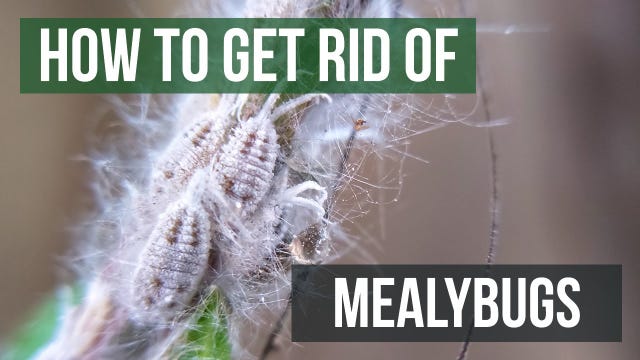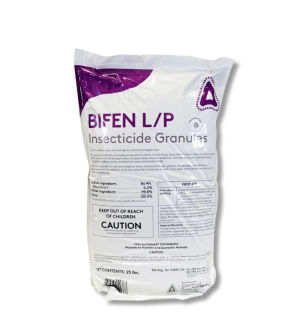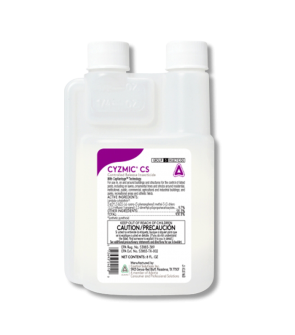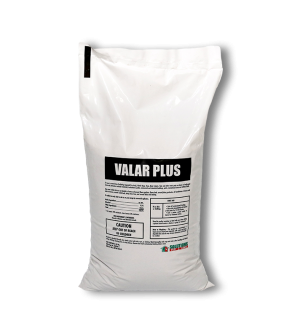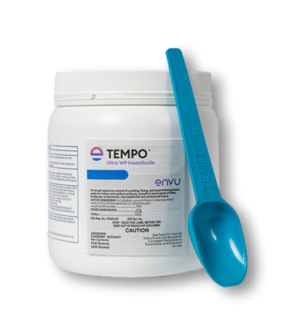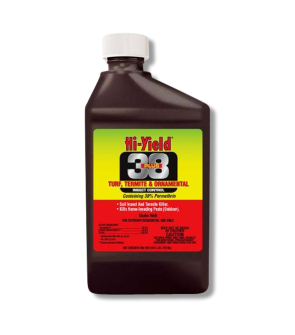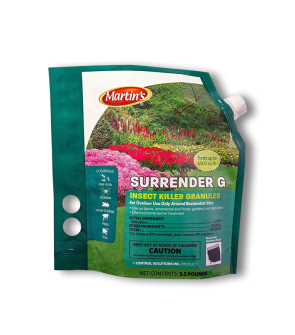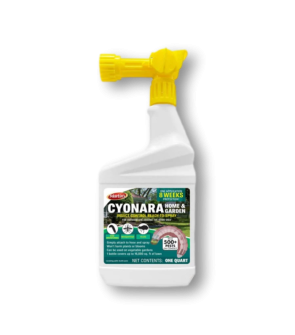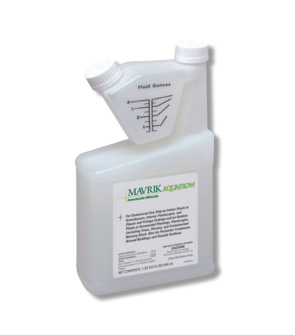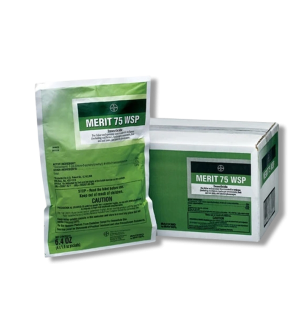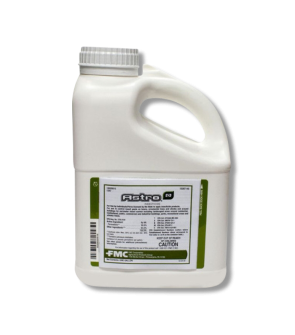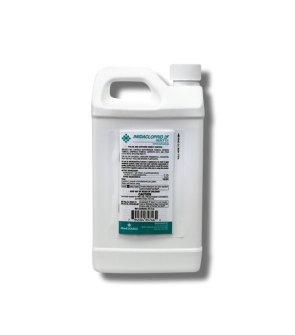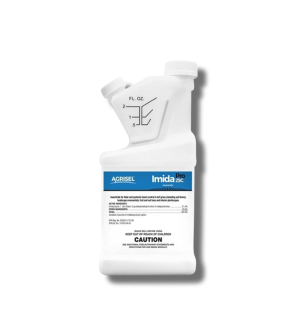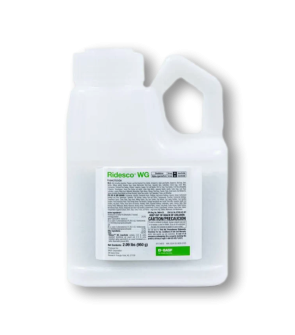Gain access to personalized product screening, the best pricing, rewards, and more!
Most Effective Products
Mealybug Control: How To Get Rid of Mealybugs
This page is a control guide for getting rid of mealybugs on plants. Using the products and methods suggested, you will get control of mealybugs. Follow this guide and use the recommended products. We guarantee control of mealybugs.
A mealybug is a scale insect that will harbor and feed on plants. These soft-bodied bugs are small and white and may give your plants a fuzzy white appearance along the underside of leaves and stems. The mealybug is a common plant pest in gardens, greenhouses, landscape ornamentals, fruit trees, and house plants. They are typically found in warmer, moist climates.
Mealybugs can become a major problem for two reasons: Mealybugs suck on the plant, extracting and feeding on the plant's sap. While this typically will not cause significant damage on a small scale, when infestations start to grow and get out of hand, they can lead to weakened and dead plants.
The second reason is that mealybugs digest your plant's sap; they secrete a waxy coating and a sticky substance called honeydew. Honeydew will not only eventually start to turn moldy, but it will attract ants. Ants love feeding on the sweet honeydew, so soon, you will have a mealybug and ant problem.
Mealybugs behave very similarly to aphids, which is why properly identifying them and knowing where to look for them will help you get the fastest, most effective control.
If you have noticed white fuzz or bugs damaging your garden plants, you must act fast to eliminate the mealybug infestation. Follow our DIY treatment guide below to learn more about this plant-harming pest and how to clear them from your garden best using our effective professional-grade products.
Identification
The first step in getting rid of mealybugs on plants is to know what mealybugs look like.

- Mealybugs are very small, typically measuring 1/10 to 1/4 inches long.
- They are typically light gray or white in color and oval-shaped.
- The female mealybug is wingless, while the males have wings and two tail pieces.
- Male mealybugs look more like flies but are very rarely seen. You are more likely to spot female mealybugs on your plants.
- Female mealybugs will also lay 100 to 200 eggs within cotton-like egg sacs over several weeks.
- With close inspection, you may see the mealybugs' mouthparts, or "stylets," piercing your plant.
Use the description and image above to help you to properly identify mealybugs on your plants.
Inspection
Now that you know what mealybugs look like, you can inspect your plants and find hot activity spots. Check your plants and monitor them regularly for any mealybug activity so you can catch infestations early.

Where To Inspect
Look for mealybugs on new shoots, buds, along stems, or under leaves. They will usually be found in a hidden or secluded spot on a plant, typically where the leaf meets the stem. They may be found along vines or even the fruits themselves on fruit and citrus trees. Mealybugs may also infest woody plants, hiding along or under bark.
Mealybugs will host many plants in greenhouses, landscape ornamentals, citrus and fruit trees, and indoor ornamental plants.
What To Look For
You will want to look for the mealybugs, the cotton-like webbing they use for egg protection, and sooty mold with secreted honeydew.
Mealybugs usually clump together in the parts of the plants mentioned above. They will typically not be found alone, and adult mealybugs are very rarely seen crawling around the plant.
The cottony egg sacs and sooty mold also make inspecting for mealybugs very easy. You should keep an eye out for white fuzz on your plants. It will look like dense webbing or even hairy white mold.
Treatment
Once you have confirmed mealybug activity, it is time to begin treatment. Remember first to read all product labels, follow the application instructions on these labels, and stay safe by wearing personal protective equipment (PPE).
Our top recommendation for mealybug control is Dominion 2L insecticide concentrate. This product contains the active ingredient Imidacloprid and can safely be applied to plants.
Dominion 2L also works systemically, working its way through the foliage and root systems of plants to stop mealybugs from further damaging the plant. This is key because mealybugs are sometimes difficult to treat with conventional spray due to their ability to hide in deep recesses of plants and create their waxy coating to protect themselves and their eggs.
With Dominion 2L, your plant will safely absorb the pesticide so that the next time a mealybug (and many other labelled insects) feeds on it, it will die. To make application easier, we also recommend that you apply Dominion 2L with a hose-end sprayer. This will also help you ensure that you use enough water to treat the plant sufficiently.
It is worth mentioning that Dominion 2L is recommended for treating larger plants and landscape ornamentals. For small applications to indoor potted plants, you may want to utilize a different solution with a trigger spray bottle, which we'll cover further below.
Step 1: Determine How Much Dominion 2L You Will Need

Determine how much Dominion 2L you will need by calculating the square footage of the treatment area for flowers and ground cover. Measure the treatment areas' length and width in feet, then multiply them together (length x width = square footage).
Dominion 2L must be applied at 0.4 to 0.6 fluid ounces per 1,000 square feet with at least 10 gallons of water. For example, if you had measured a 2,000 sq. ft. area for treatment, you would need to apply 0.8 to 1.2 fl. oz. of Dominion 2L in at least 20 gallons of water.
Removing mealybugs on trees and shrubs will require you to measure the area differently. For trees, you will need to measure the tree trunk's diameter in inches and apply Dominion 2L at a rate of 0.1 to 0.4 fl. oz. per inch of trunk diameter with at least 10 gallons of water. For shrubs, you must apply Dominion 2L at a rate of 0.1 to 0.2 fl. oz. per foot of shrub height.
Step 2: Apply Dominion 2L to Plants

The easiest and most effective way to apply Dominion 2L for mealybug control is to apply it in a high volume around the base of the plant so that it can effectively reach the plant's root zone.
Apply Dominion 2L uniformly as a drench around the base of the plant with at least 10 gallons of water per 1,000 square feet (this is why it is recommended to use a hose-end sprayer). Focus on getting the pesticide solution down to where the plant's roots reside.
With that in mind, be sure to remove any netting, plastic, or other barrier that may hinder the pesticide from reaching the roots.
You will want to apply similarly for flowers and ground cover, evenly broadcasting the solution on and around the plants. Watering the area after application would be best to drive the Dominion 2L solution further down to the plant's root zone.
Keep in mind that Dominion 2L is extremely effective against mealybugs and other plant-feeding insects, which means it is harmful to bees. Do mot apply Dominion 2L when your plants are flowering to avoid the risk of harming any pollinators.
Step 3: Treating Indoor Plants for Mealybugs
When getting rid of mealybugs on houseplants, it may be best to perform a spot treatment using a trigger sprayer. An easy at-home remedy for mealybugs is using isopropyl (rubbing alcohol.) Spray the mealybugs directly with the alcohol to kill them. You can wipe them up with a cotton ball for easy cleanup.
While rubbing alcohol is generally safe for houseplants, it is always a good idea to spray a small test area to gauge your plant's sensitivity. Do this for a couple of days and look for any adverse effects, like leaf burning or yellowing.
Prevention
After treating your mealybug infestation, you will want to ensure they don't return. To prevent mealybugs, it's best to be diligent in monitoring your plants, checking for activity, and spraying them when necessary. It's always best (and easiest) to treat an insect pest problem before it blows up into a full infestation.
- You could also grow certain plants that will attract beneficial insects, like ladybugs, which are natural predators of mealybugs. Ladybugs love plants like flowers and plants with frilly leaves like wild carrots, dill, hibiscus, and parsley.
- Dominion 2L can also be used as a preventative treatment as it remains effective for up to 90 days. Spray your plants quarterly for year-long control from mealybug damage.
Key Takeaways
What Are Mealybugs?
- Mealybugs are small sap-sucking, plant-damaging bugs that seriously damage various garden plants. Mealybugs are soft-bodied, small, and white. They may give your plants a fuzzy white appearance along the underside of leaves and stems.
- The mealybug is a common plant pest in gardens, greenhouses, landscape ornamentals, fruit trees, and house plants. They are typically found in warmer, moist climates.
How To Get Rid of Mealybugs on Plants
- Our recommended product for treating mealybugs on garden plants is Dominion 2L, a powerful systemic insecticide with a broad label.
- Apply Dominion 2L uniformly as a drench around the base of the plant with at least 10 gallons of water per 1,000 square feet using a hose-end sprayer. Focus on getting the pesticide solution down to where the plant's roots reside.
- For indoor plants, use isopropyl alcohol (rubbing alcohol). Spray the mealybugs directly with the alcohol to kill them. For easy cleanup, wipe them up with a cotton ball.
Preventing Mealybug Reinfestation
- After successful control, a preventative application of Dominion 2L will protect your plants from possible mealybug reinfestations.






